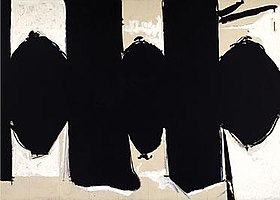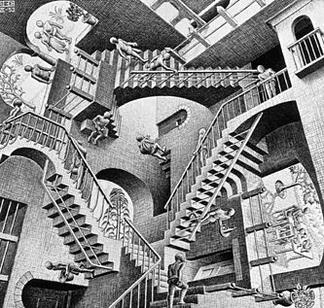
I have been enjoying immensely the excerpts from this book, Forget the Alamo, which have been appearing in the Houston Chronicle and Texas Monthly in recent weeks. Today the book is published, and you can order a copy from bookshop here if you are interested. And I think you should be.
It seems that Phil Collins (yes, that Phil Collins) has been an avid collector of Alamo knives, belts, and memorabilia for decades. As you might expect, his appetite for acquiring the artifacts has created a kind of Collins-centered Alamo artifact trade. And as with any collector-driven trade without safeguards, much of the material may be fake.
These writers are focused mainly on how politicians in Texas are trying to tell the story of the Alamo, and how efforts to incorporate a full and rich telling have been met with Republican in-fighting between the newest rising politician with the last name Bush, George P., and the state’s super-conservative Dan Patrick. But the excerpt in Texas Monthly has some really wild details. Like when you are acquiring material you have to just trust your gut:
Nesmith gave McDuffie some out-of-the-box advice: documents proving an artifact’s authenticity are important, but in the end, you have to trust your gut. “Why do you care what other people think?” McDuffie recalls Nesmith saying. “What do you think? What does your gut tell you?” It was advice McDuffie took to heart. “When I started listening to my own gut, that’s when I really started finding pieces that were just really great,” he says.
Another detail that was just astounding is a collector/dealer named Joseph Musso claims to have acquired not one but two artifacts he claims were owned by James Bowie. And how did he know? He just applied some cleaner to them and held them up to the sun to reveal the initials ‘JB’. Not once but twice! And this is apparently not ever how initials on older weapons get revealed!
Also, he felt the need to authenticate that this was the personal knife of Bowie, so what did he do? Took it to a psychic, as you do of course. But not just any psychic, he didn’t believe in the paranormal so he wanted a really really good psychic, the late Peter Hurkos who passed away in 1996. What’s better object history than an anonymous collector? A superstar deceased psychic!
Hurkos, who had worked on the Charles Manson and Boston Strangler cases, agreed to a meeting, Musso says. After Musso handed him a brown paper bag with the knife inside, Hurkos reportedly named the man who had sold the knife to Musso. Musso says he then laid out several photos facedown and Hurkos pointed at one, which Musso then flipped over. It was Bowie’s portrait; Hurkos declared the knife had belonged to him. To Musso, this was just another piece of evidence that would help him build a case for authentication.
The Alamo is enshrined on the World Heritage list, not by itself, and not because of a warped version of history, but as part of a mission system created by Catholic colonizers from the 17th century. The book has jumped to the top of my reading pile, and I’ll post a full review when I’m finished. It promises to tell a full accounting of how the State of Texas is trying to scrounge up the astounding $300 million needed to revitalize the Alamo and its surrounding area and create a museum full of Phil Collins’ and his dodgy Alamo purchases. While some of that material sounds as if it may actually be authentic. We absolutely can make an educated guess that a lot of the material will be fake, will be found out, and will be a colossal embarrassing waste of tax revenue. What might that funding go for instead? Solving the State’s homelessness crisis? Arts education? Environmental regulations?
Forget the Alamo: The Rise and Fall of an American Myth (Jun. 2021).
Abigail Rosenthal, Does Phil Collins Have a Huge Collection of Fake Alamo Artifacts?, Chron, https://www.chron.com/politics/article/phil-collins-alamo-dan-patrick-16190841.php (last visited Jun. 8, 2021).
The Next Battle of the Alamo!, Texas Monthly, https://www.texasmonthly.com/being-texan/next-battle-of-alamo/ (last visited Jun. 8, 2021).







